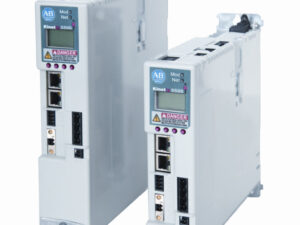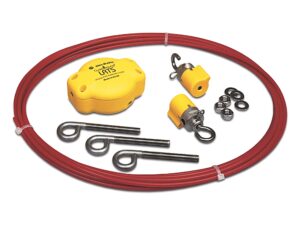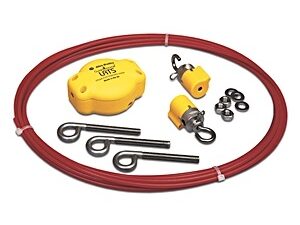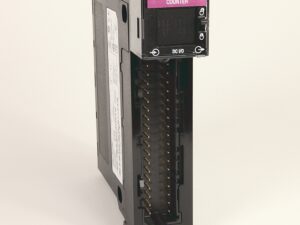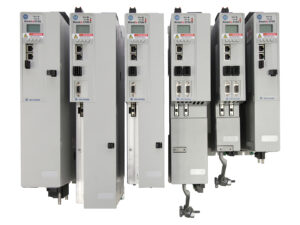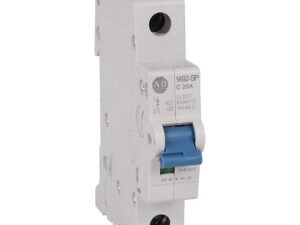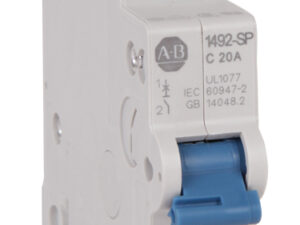Consulting, Industrial Automation
5 KEY BENEFITS OF ARTIFICIAL INTELLIGENCE (AI) IN QUALITY CONTROL FOR MANUFACTURING
What is Artificial Intelligence (AI)? A Simple Explanation
Artificial Intelligence (AI) is a technology that allows computers and machines to “think” and act in ways that are similar to humans. With this technology, machines can learn new things, solve problems, make decisions, and even get creative—just like people.
Devices and apps that use this technology can recognize objects, understand human language, and respond naturally. They can also learn from new data and past experiences to keep getting better over time. Some such systems can also make helpful suggestions or take actions on their own without needing a person to step in. A great example is a self-driving car that knows when to turn, stop, or speed up.
In short, this field helps machines become smarter, more helpful, and more independent in everyday tasks.
Artificial Intelligence (AI): The smart solution for modern manufacturing quality control
Quality control methods vary across industries and manufacturers. However, when it comes to actual product inspection, most processes share a common structure: trained personnel visually inspect each item and decide whether it passes or fails.
While humans are competent, we’re also prone to fatigue, distraction, and occasional mistakes—especially when performing repetitive tasks. We also need breaks, vacations, and eventually, retirement.
That’s why many manufacturers have long turned to automation to support quality control. By using tools like cameras, lighting systems, and machine vision technology, they’ve been able to inspect products faster and in larger volumes. But even these systems have their limitations.
Today, manufacturers are reaching for the next level: AI and Machine Learning. Solutions like FactoryTalk® Analytics™ VisionAI™ by Rockwell Automation are helping companies upgrade their quality control processes for better accuracy, efficiency, and insight.
Carl Lewis, Senior Product Manager at Rockwell Automation, explains: “Our intelligent quality control solution helps manufacturers catch what they’ve previously missed. We’ve created a no-code visual inspection system that improves product quality, increases output, and delivers real-time insights from production data.”
This smart system improves product quality and reduces defects, production waste, downtime, and operating costs. Unlike traditional systems, modern intelligent inspection technologies can learn, adapt to changing conditions, and continuously collect and share quality data 24/7.
These insights enable plant teams to detect and fix issues before they become costly quickly. “The impact is significant,” Lewis adds. “The system can catch defects in automotive assembly lines or spot flaws in consumer goods before they reach customers. From dimensional errors to packaging inconsistencies, there are endless industrial use cases. This technology delivers real value.”
What is Machine Learning? A Beginner-Friendly Explanation
Machine learning is a technology that is part of artificial intelligence. It allows computers to learn from data and improve over time without needing someone to program every step.
Instead of giving the computer specific instructions, we feed it lots of data and let it figure things out by finding patterns. The more data it processes, the better it becomes at making decisions or predictions. It’s kind of like how we learn from experience.
One powerful way to teach a computer is by using something called a neural network. This is a set of algorithms designed to work like the human brain. When a computer uses deep learning (a form of machine learning that uses neural networks), it can do more complex tasks—like recognizing images, understanding speech, or even driving a car.
So, while artificial intelligence is the big idea of making machines smart, machine learning is the method that helps them get there by learning on their own.

What’s the difference between AI and Machine Learning?
AI and Machine Learning are closely related, but not the same:
- AI is a broad concept. It refers to machines or systems that can sense, learn, reason, interact, or adapt like a human.
- Machine Learning is a subset of AI that allows machines to extract patterns from data and continuously improve their performance based on what they learn.
When used together in visual inspection tools, they enable manufacturers to automate quality checks, monitor production in real time, and make data-driven decisions that boost both quality and profitability.
5 Top benefits of AI and Machine Learning in visual inspection
1. Artificial Intelligence (AI) learns like a human—but never gets tired
AI-powered inspection systems operate 24/7 without fatigue. These tools detect defects and inconsistencies with far greater accuracy than human eyes. Real-time monitoring means problems are caught early, reducing waste and avoiding costly downstream issues.
For example, companies like Samsung have seen big improvements in productivity after using computer vision systems that work 24/7. One semiconductor manufacturer in Asia noticed a clear drop in customer complaints about product quality within just six months of using AI for visual inspection. They credited this success to the system’s ability to perform consistently at all hours. These AI inspection systems can work right inside the factory, taking pictures and checking for issues without human help. Because they run fully automatically, they help manufacturers spot problems quickly and keep quality high around the clock.
2. Artificial Intelligence (AI) detects even the smallest flaws
With advanced machine vision, AI systems inspect with incredible precision. They perform consistently without being influenced by human error or emotion. Today’s AI systems can spot more than 99% of product defects—far better than humans or older machine vision tools.
They’re even able to catch tiny flaws that might be missed during regular inspections and only show up once the product reaches the customer. Using ultra-high-resolution images, AI can find and classify many types of defects in a single picture, making the inspection process faster and more accurate.
For example, an automotive parts supplier started using AI to check their precision parts. The system found small coating issues that human inspectors couldn’t see—issues that were causing parts to fail too early. Thanks to AI, the company quickly fixed the problem and saw a big drop in warranty claims within just one year.
3. Real-time data at your fingertips
Thanks to AI and cloud technology, manufacturers can now access real-time production reports anytime, from anywhere. This means everyone—from plant managers to executives—can easily see how things are going on the production line and make faster, smarter decisions.
With cloud connections to platforms like Google Cloud or AWS, quality managers can monitor several production lines or even different factory locations from one central dashboard or a mobile device. They can also set up alerts to get notified right away if defect rates go up, helping them solve problems quickly before they become bigger issues.
4. Artificial Intelligence (AI) delivers clear ROI (Return on Investment)
AI brings real value to manufacturers by offering a fast and measurable return on investment (ROI). Cloud-based AI visual inspection systems are quick to install, easy to configure, and can be updated or moved to different areas of the factory in just a few hours.
Unlike traditional machine vision systems that need heavy programming and long setup times, modern AI solutions can be trained to recognize new products in just a few days. This makes them ideal for manufacturers that produce a wide variety of items or frequently change product designs. Because AI systems start delivering results so quickly, companies can see real operational improvements—like better quality, faster inspections, and fewer errors—within just a few weeks.
These AI tools are also flexible. They can run either on-site or in the cloud, making it easy to fit into existing factory systems without major changes. All of this adds up to lower costs, faster setup, and a much quicker path to ROI.
5. Lower operating costs
AI-powered visual inspection systems do more than just improve defect detection—they also help lower operating costs. By automating routine inspection tasks, companies can reduce the need for manual labor in quality control. This allows human workers to focus on more valuable activities like solving complex problems, improving processes, or managing exceptions, which makes teams more productive overall.
Because AI systems are easy to scale, manufacturers can use them across multiple production lines or factories without needing to hire more staff. Running these systems directly on-site (also known as edge deployment) speeds up inspections and cuts down on the time and cost of sending data back and forth to the cloud. In the long run, this smart use of both people and technology helps companies work faster, use resources more efficiently, and reduce day-to-day operational expenses.
Next-generation artificial intelligence (AI) in quality control
AI-powered inspection technologies are transforming quality control—making it faster, smarter, and more reliable. For manufacturers, that means higher product quality, increased throughput, less downtime and waste, and ultimately, greater profits.
👉 Want to learn more? Explore the future of visual inspection with FactoryTalk Analytics VisionAI
Discover Rockwell Automation Products
Learn More

 Tiếng Việt
Tiếng Việt




